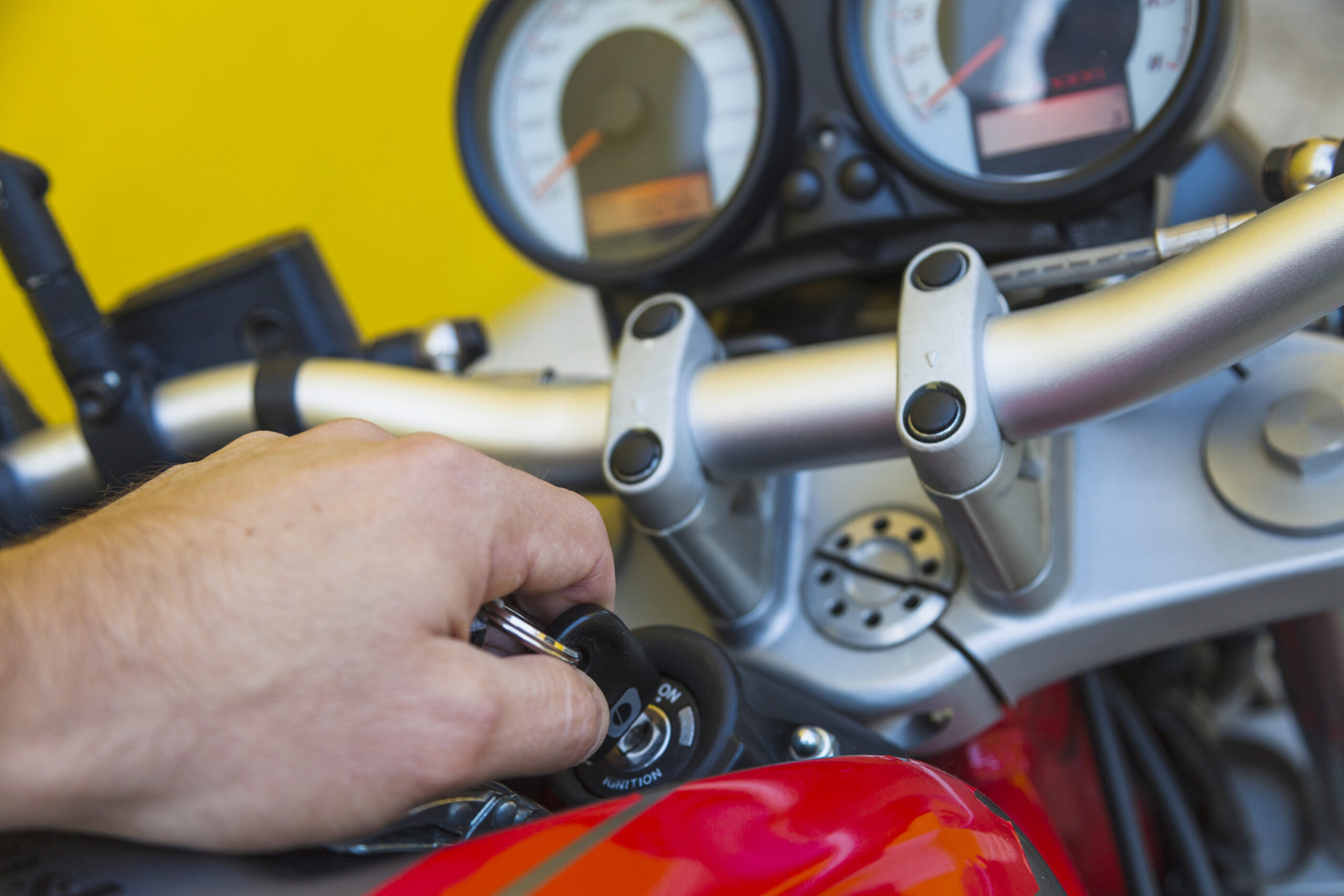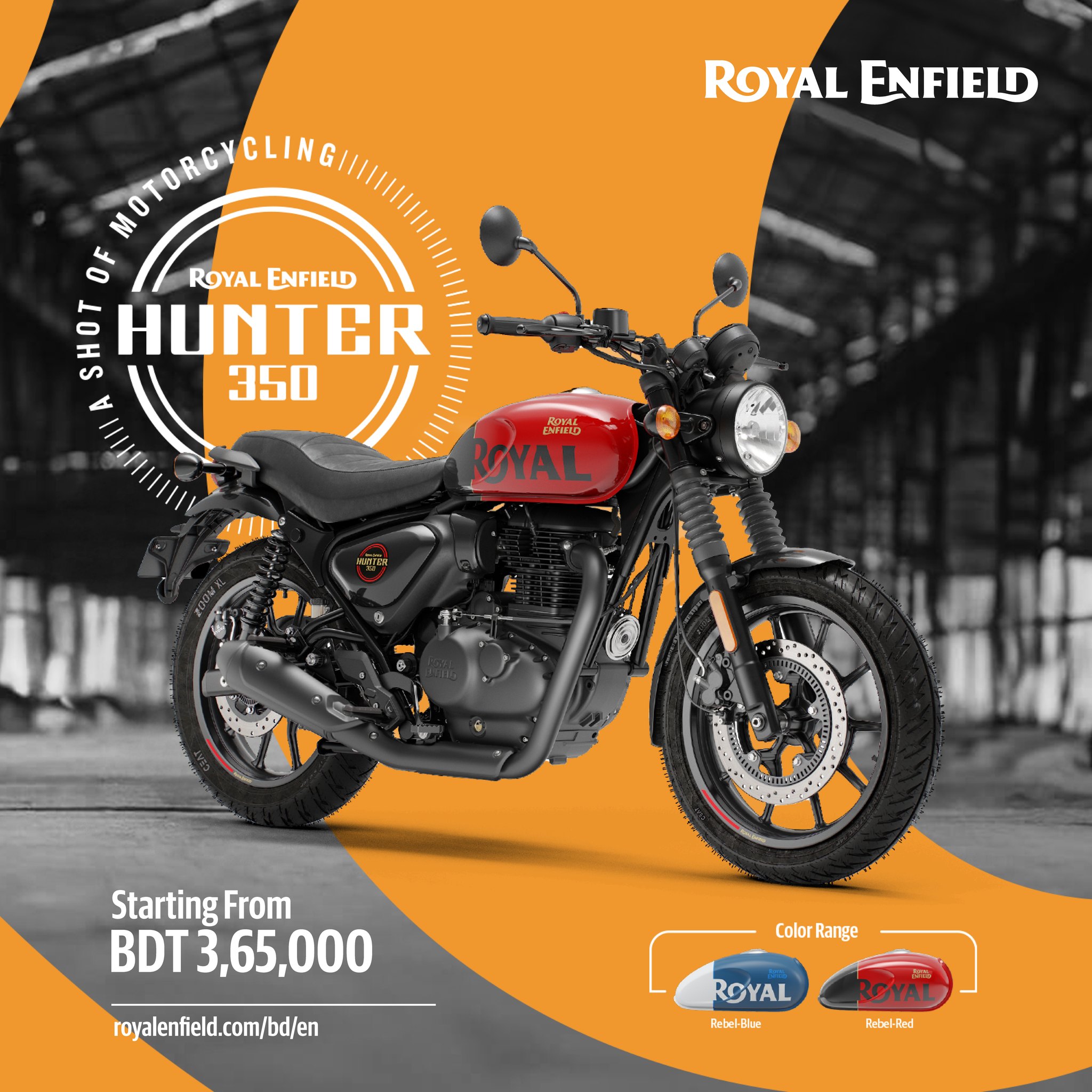I purchased the Hornet 2.0 on November 4th, and so far, I have ridden approximately 4,500 kilometers. Like any bike, it has its pros and cons. However, instead of focusing solely on the good or bad, I’ll evaluate the bike based on major aspects that riders typically consider.
Balance
The balance of the Hornet 2.0 is simply outstanding. In some cases, I found it even better than the MT-15 due to its seating position. It’s easy to maneuver in tight spaces, and there’s no issue with quick directional changes. However, the bike feels slightly unstable at speeds above 110 km/h, which is common for commuter bikes. Up to 110 km/h, the balance is superb, and the lightweight nature of the bike makes it very easy to handle.
Control
Control is excellent up to speeds of 110 km/h. Beyond that, it depends on the rider’s skill. Whether navigating city traffic or cruising on highways, the control feels reliable and responsive.
Braking
The braking system is good, but I feel the ABS activates a bit too early. It would be better if it engaged slightly later. For context, I didn’t face such issues with my previous CBR, where the ABS activation was more delayed. I suspect the problem lies with the stock tires. On sandy or wet roads, braking can be tricky. During one ride on a newly constructed road with loose sand, the bike skidded multiple times even when upright. On one occasion, I struggled to maintain control, especially with my wife riding pillion. On normal roads, however, the brakes perform well. I plan to replace the tires soon.
Headlight
The stock headlight is poor. While the high beam is manageable in the city, it’s practically useless on highways. To address this, I installed fog lights inside the headlight assembly. The photos I’ve shared show the difference. The dimmer beam is the stock high beam, while the brighter one is the fog light. I’ve also added a switch below the horn to control the fog light. The installation cost included:
- Service charge: 1,500 BDT
- Dimmer switch: 100 BDT
- Cooling fan: 300 BDT
The fog light I used is the FNM D1 model, which performs decently. I opted for white light as it’s more commonly used.
Mileage
During the break-in period, I achieved 46-48 km/l. Once I started using full power, the mileage dropped significantly to 25-28 km/l. On a recent Dhaka-to-Panchagarh tour (990.4 km in total), I achieved 37.5 km/l. I’m satisfied with this mileage, considering my riding style. On highways, I usually maintain speeds of 110-120 km/h. The fuel injector was cleaned at the service center before this trip, which likely improved performance.
Heating
So far, I haven’t faced any heating issues. I ride aggressively, often pushing the bike to high RPMs, and it’s held up well. However, heating might be an issue in city traffic during the summer, as I’ve experienced with my previous CBR. No complaints here.
Top Speed
The highest speed I’ve reached is 122 km/h, while a friend managed 127 km/h on my bike. The bike accelerates quickly up to 110 km/h, but it takes more time to go beyond that, especially after 115 km/h.
Vibration
Claiming there’s no vibration would be inaccurate, but the level of vibration is minimal compared to other bikes. It’s present but not bothersome, which is why riders often say it’s vibration-free.
Sound
I’m not impressed with the sound. It’s somewhat like a sewing machine when starting. Adding more bass would have improved it. Even the XBlade offers a better sound. At high RPMs, the sound changes slightly, but the engine noise dominates. Given the silencer’s design, a sportier sound would have been more fitting.
Final Thoughts
I’m not a professional reviewer, so please excuse any mistakes. If you have further questions, feel free to ask in the comments, and I’ll do my best to respond.
Related Searches: Hornet 2.0 user review, Hornet 2.0 mileage, best commuter bikes, Hornet 2.0 modifications, Honda bike reviews, bike balance and control, fuel-efficient bikes, ABS performance in bikes.

